Brushstrokes & Beats: An Interview With Chris Rivers
Chris Rivers is a self taught artist from Manchester, England. Ten years ago Chris made an instant transition from rock drummer to artist. Swapping his drumsticks for huge paintbrushes & enormous tubes of oil paint. We caught up with Chris at his studio to talk about his career and artistic practice.
Can you walk us through your journey as an artist? What inspired you to start creating art?
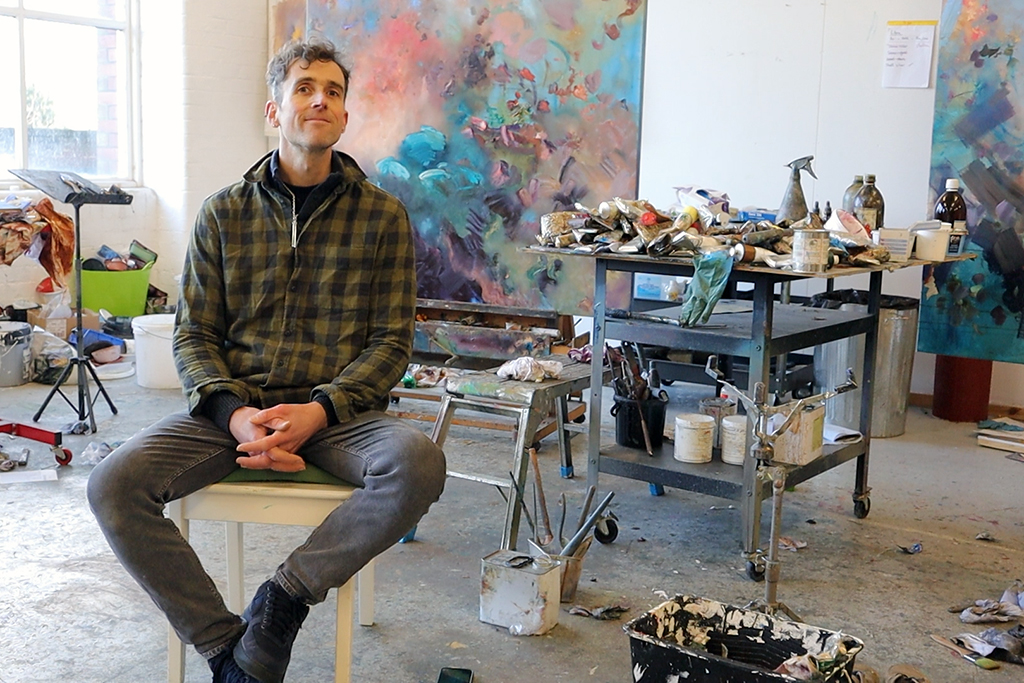
In a nutshell I started painting in 2013/2014. At the time I was in a band touring a lot in the US & Canada. There was a lot of distance between shows so I started drawing and doodling on my broken drum skins and cymbals. For a bit of fun I then sold them on the merchandising stand at the shows. At the time I didn’t really think anything of it. I never really expected it to become something I would become obsessed with.
There was a period of time in 2014 where issues started happening with the band and the music industry side of things. I had a lot more time at home and I spent more time painting. It was becoming something I could picture myself doing. So, long story short, the band went by the wayside for me. I finished that chapter of my life and decided that painting was my destiny.
I got obsessed with it and I went from being in a band full time to doing this full time. There was no transition. There was nothing to stop me doing it, which was a good thing really, going from something that I thought I would be doing it forever. It wasn’t like I had a salary or career I was going to drop to start painting – it was a quite natural transition. It’s not that long ago – only 10 years.
How would you describe your artistic style to someone unfamiliar with your work?
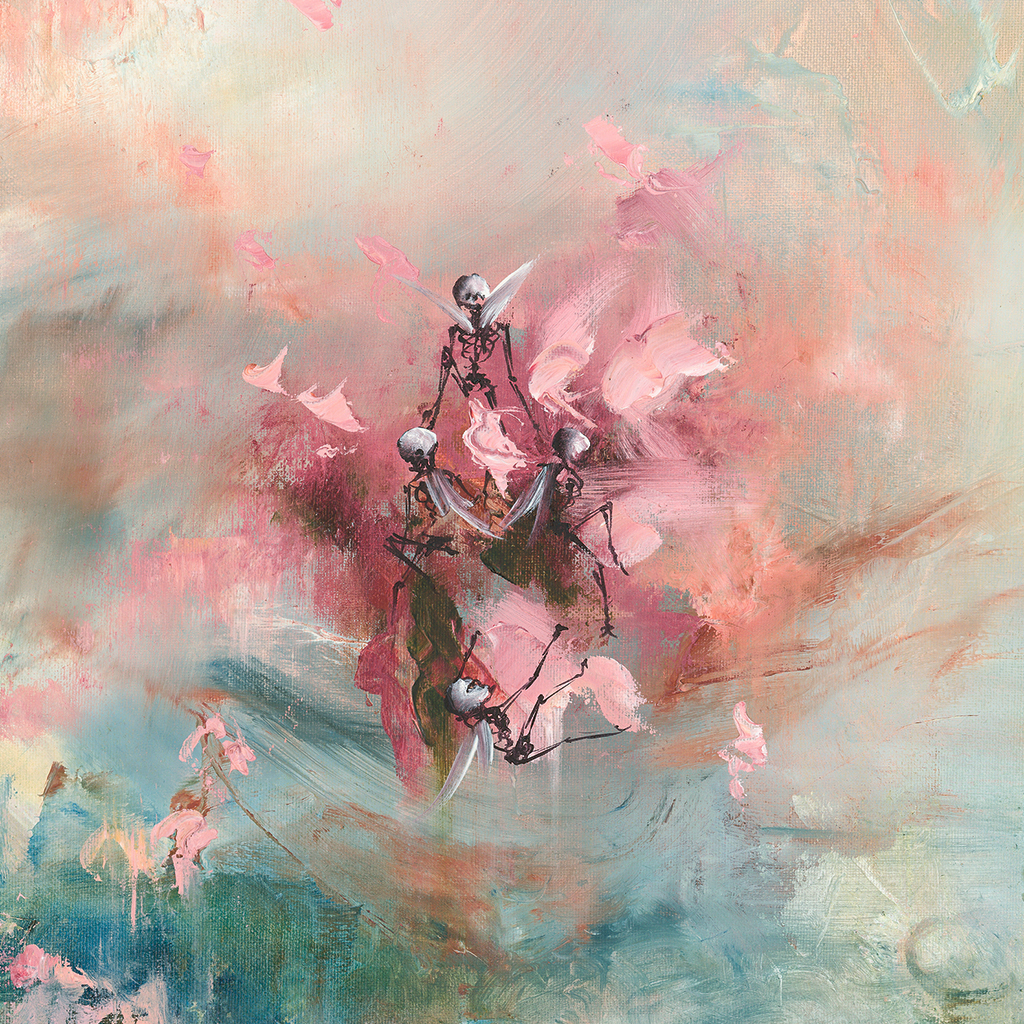
I would describe it as abstract in its initial appearance and style of brushstrokes. I always liked having stories in my paintings and figures. It began when I first started painting characters and doll type figures. These figures would then evolve into something else and I came up with a story form of painting. I’d turn the story into a painting as opposed to a story. I began painting some tiny skeletons and getting them lost in big abstract paintings. Then cherubs and the astronauts which I then placed in different environments. My still life paintings incorporate images on the vase. It’s all kind of abstract, surreal, dreamy, trippy. All my influences are pre 1900’s.
Who are your biggest influences?
When I first started painting 10 years ago everything was new to me. I obviously knew the main guys Van Gogh, Monet and Turner. However when I’d go the National Gallery I would make a new discovery to me and it was really eye opening. It was a sudden learning curve. I quickly discovered that I was gravitating towards all these painters from the Renaissance period up to Victorian times. I enjoyed the subject matter, the colours and how dramatic the paintings were as well. Big figures, mythology and incredible imaginations and that was what got me hooked.
Your work blends surreal and abstract elements. How do you decide on the balance between the two?
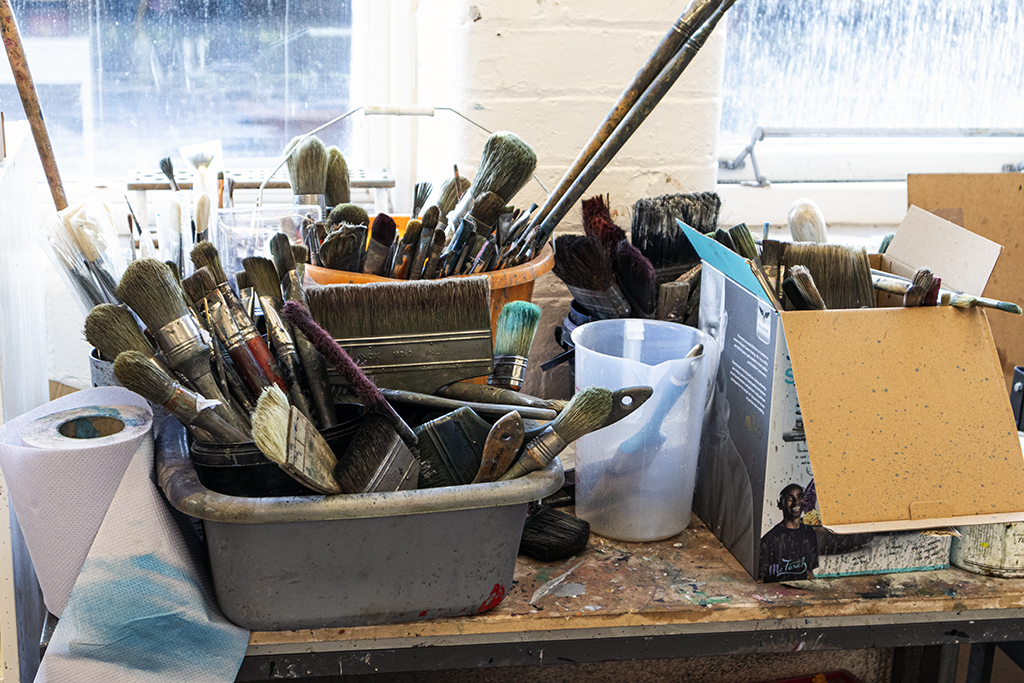
I try not to overthink it, I try not to overthink anything. I always have to remind myself to not overthink things because it’s the artists curse. You get an idea and you look at every painting you do differently to how everyone else does it. So I try and separate myself from myself when I paint – I just kind of do it and not think about it.
If I get an idea that I feel could turn into a painting, or a series of paintings, I start by leaving some voice notes about it on my phone. In time I will come round to sketching it and working it up into a painting. There are ideas that I have had that I’ve been really excited about, however, it’s not turned out how I imagined. They fall by the wayside and I move onto something else.
Do you prefer working with a clear vision in mind, or do you allow your art to evolve organically?

Sometimes I will start with a vision if I’m doing something like a still life painting. A still life can be more restrictive so I might sketch out first, get some ideas and plan it a bit more. Whereas some of the abstract paintings I improvise quite a lot. I get my paints out, load my palette and just go with where I feel it’s taking me.
Where do you get your ideas from and how are these worked up into a painting?
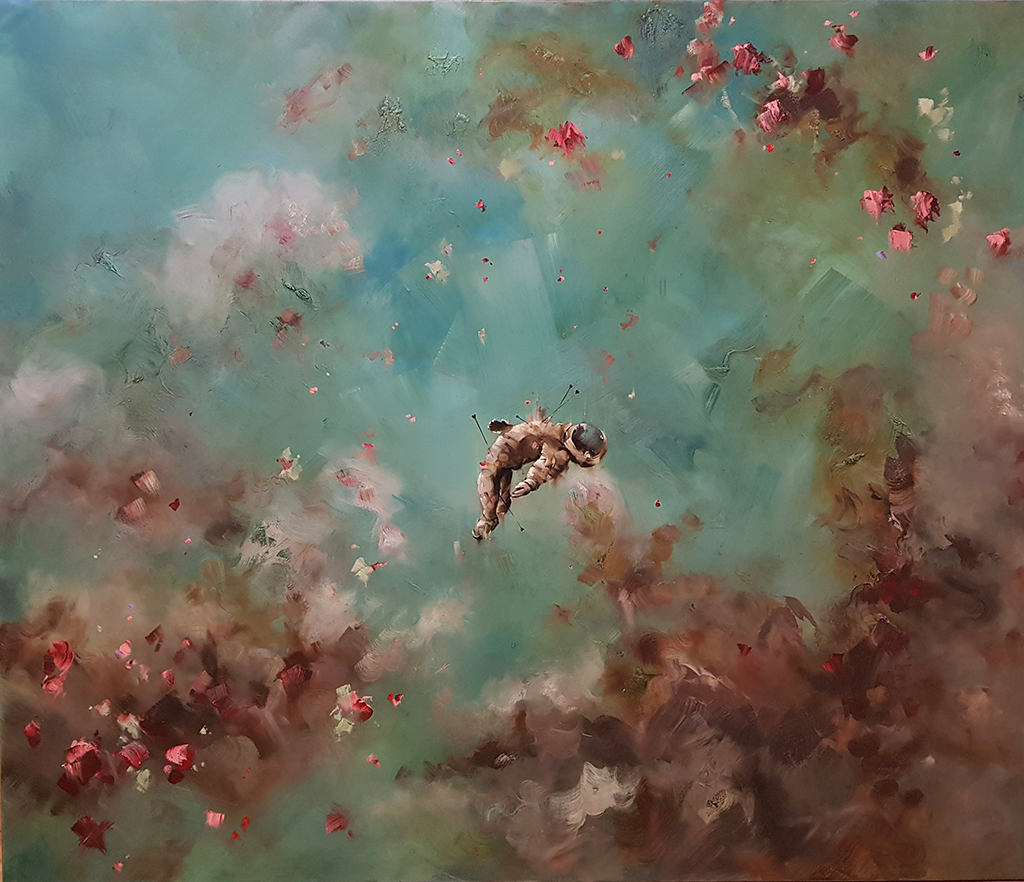
I don’t really know. I think almost every painting up to date I can reference back to a previous painting. Each painting has informed and given me ideas for paintings going forward. Going back 10 years ago some of my earliest paintings with the little characters and dolls evolved into bigger and more abstract paintings. I never really switch off I’m always thinking of ideas. It’s all things I’m interested in; mythology, nature, history, religion, science and all sorts of stuff. You can go down endless number of rabbit holes and get ideas of how to turn it into a painting. A couple of paintings I’ve done recently were as a result of an idea I had of St Michael being represented as a falling astronaut. I wanted to do something different, after looking at old paintings of the subject the idea evolved into a falling astronaut.
Do you always work in a series? If so, why?
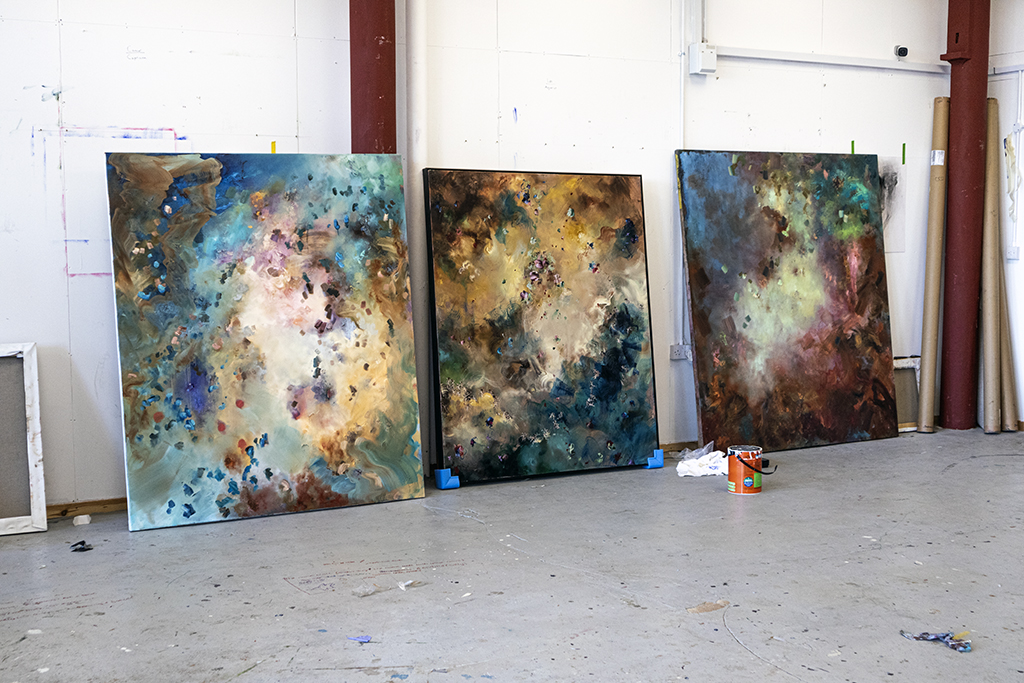
A lot of the time it is dependent on if I am working towards a show. If I am, I will work with my gallery, Pontone, and try and give it a theme. Last year I did a whole project ‘Universal’ about the zodiac star constellations, on aluminium panels with gold & silver leaf. I literally mapped out every single star in these constellations that the human eye can see. That was a really interesting project which gave it a theme and naturally became a series. As it was twelve zodiac star constellations I then did some paintings to represent the elements fire earth, water & air. That series has then led onto other ideas of how I am going to do the same subject again, hopefully this year.
How do you choose the colors and textures that dominate your pieces?
I have a few go to colours. I love reds, crimsons, blue’s. You get familiar with how different colours handle. Different colours have different saturation points and intensity, some are opaque, some are translucent. It’s just things I have discovered from trying things out myself over the last few years. It’s trial and error – that’s what I enjoy doing, happy accidents happen.
Why oils? Have you experimented with mediums or techniques outside of your usual repertoire?
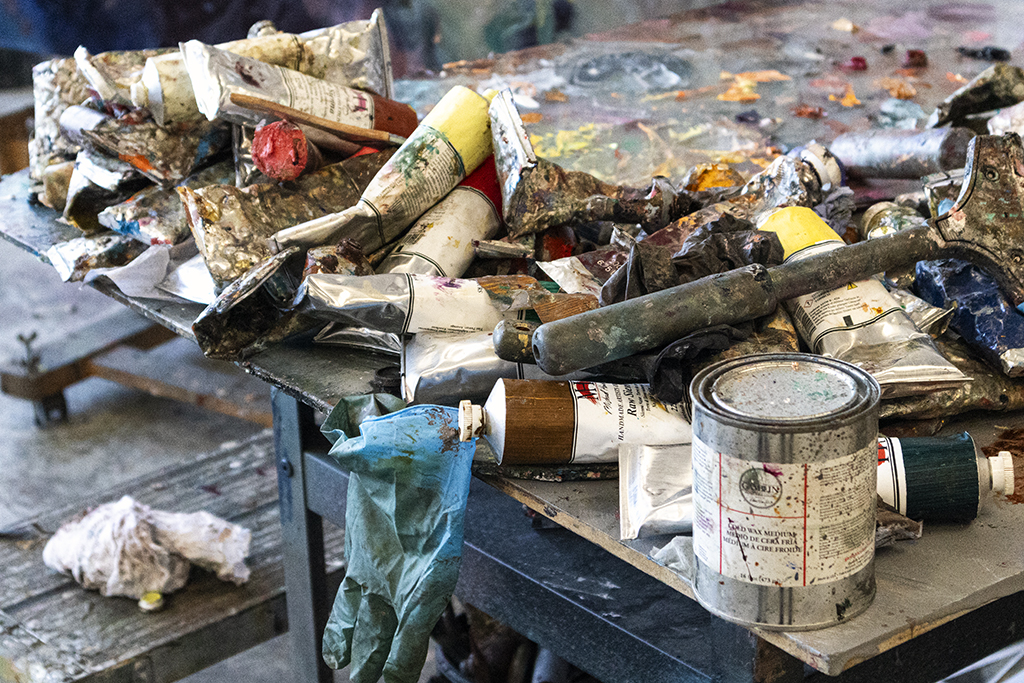
I’ve experimented with watercolour – I don’t get on with it. I find it too technical, as well as building from light to dark I can’t get that depth I want either. The same with acrylic – it dries far too fast for me and I can’t mix the same. Oil to me is no brainer. It confuses me when people seem to think its difficult medium to use. I think it’s the easiest medium to use as it’s a lot more forgiving. You can work wet on wet, let it dry and paint over it and glaze with it. There are so many different techniques and the colour mixing spectrum is endless.
What does a typical day in your studio look like?
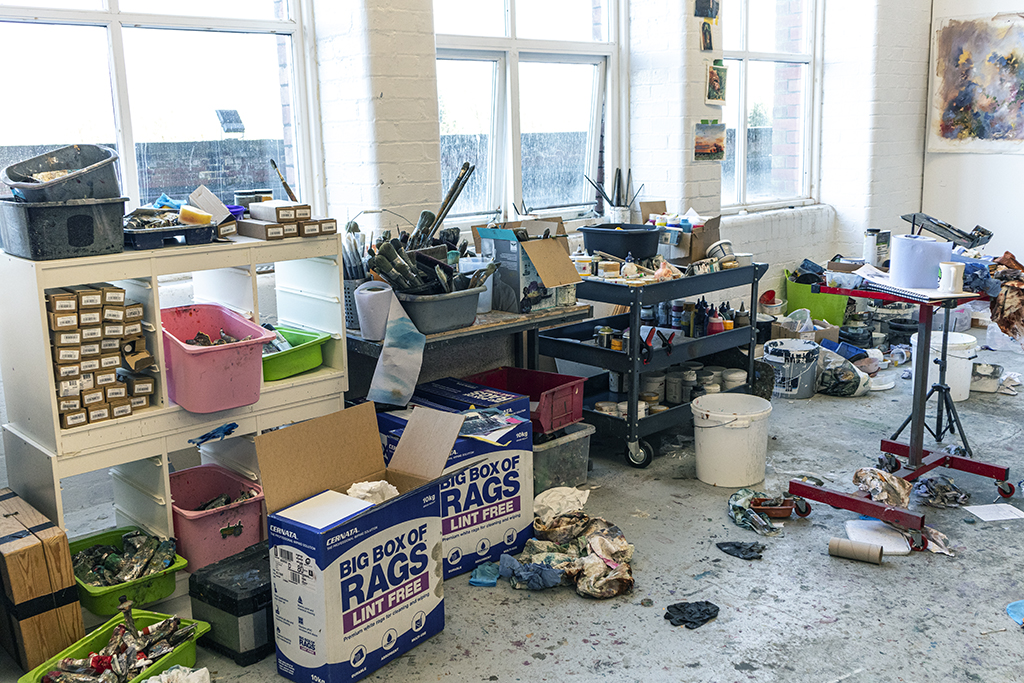
Last year a typical day for me was getting to the studio about 9.30 – 10am. This year I’ve been coming in at midday as I found in the mornings I wasn’t really doing anything just sitting around, having a cup of tea, wasting my time. So I joined a local gym and I go there in the morning to give me some energy, then get some dinner and arrive in the studio late morning.
I paint and leave around 5.30pm, though frequently I stay as late as 7pm, depending on the time of year and my workload. Sometimes I only spend an hour painting, but if that hour is productive and I finish the day feeling accomplished, I’m satisfied. Even if it’s just one brush stroke and I’m happy with that. Other days I walk away frustrated, feeling like I’ve wasted time without achieving anything. I remind myself that it’s all part of the process of trial & error.
Can you talk us through the logistics of working with such huge canvases?

I make all my canvases myself. I try different canvas surfaces, sometimes they’re smooth and sometimes heavy grain and I use primed and unprimed. If I’m working towards a show I don’t always have time to prime the canvas myself so I buy rolls of primed canvas so I can get stuck into the painting quicker. Financially it makes sense for me to make my own but I also enjoy making them myself – from stretcher bar upwards.
The great thing about working with the gallery is that they look after all the transport from the gallery to clients and art fairs. I deliver it from here to the gallery, my good friend Steve, has been doing that for me for years. We load it into the back of his van nice and securely and he drives it down to the gallery.
If you could collaborate with a historical figure from any field who would it be and why?
Good question. I’m not going to say a visual artist as that would be too obvious. An old, classical, music composer that would be great. I am attempting to learn piano in my downtime so a composer would be great to collaborate with. I listen to everything whist I am painting, it can be heavy, the heaviest of heavy or it can be atmospheric and chilled out, classical, electro, indie sometimes radio podcasts, a bit of everything really. Music, I think, can dictate how you paint sometimes.
You clearly enjoy colour, if you could only use three colors for the rest of your career, which ones would you choose and why?
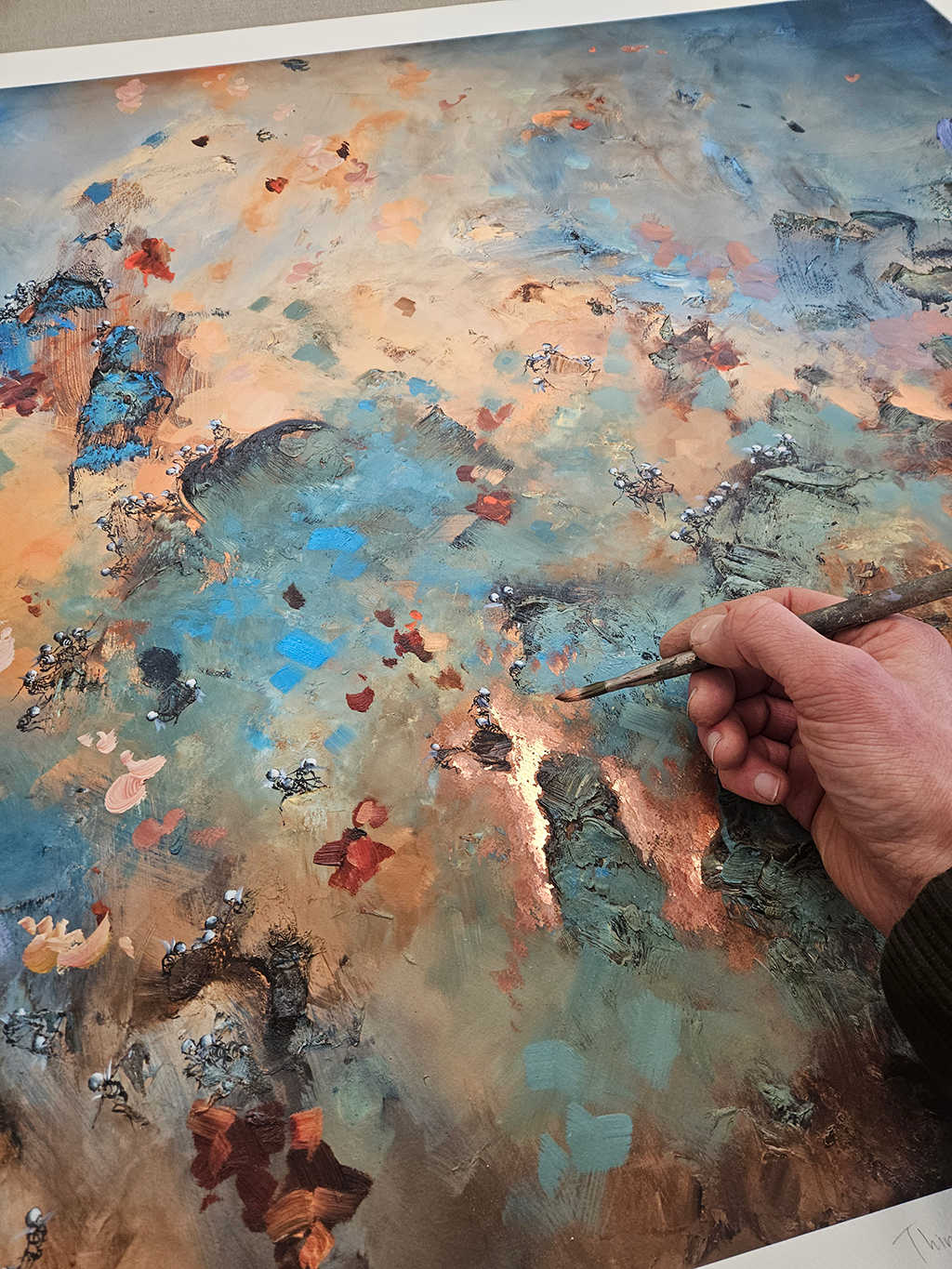
You’d have to have a blue, a yellow and a red I guess, you can do a lot with those colours. If I were to add a fourth colour I wouldn’t add white because you could use the white of the canvas. I’d probably have a muddy colour like an Umber or something like that. There’s a Michael Harding paint I like, Caribbean Turquoise, I’m using quite a bit of that at the moment. I also like his Lemon Yellow and his Kings Blue is a beautiful colour. All Michael Harding colours are really good.
If your art were transformed into a musical composition, what genre would it be?
Ambient, moody, classical, electro vibe. I collaborated with a guy called James last year on the zodiac star constellations series. He composed twelve original pieces of music for each of the constellations which we played in the gallery. That story is not yet finished it’s something we are hopefully going to continue as the next project develops.
Has your life as a professional drummer helped you in your career as an artist?
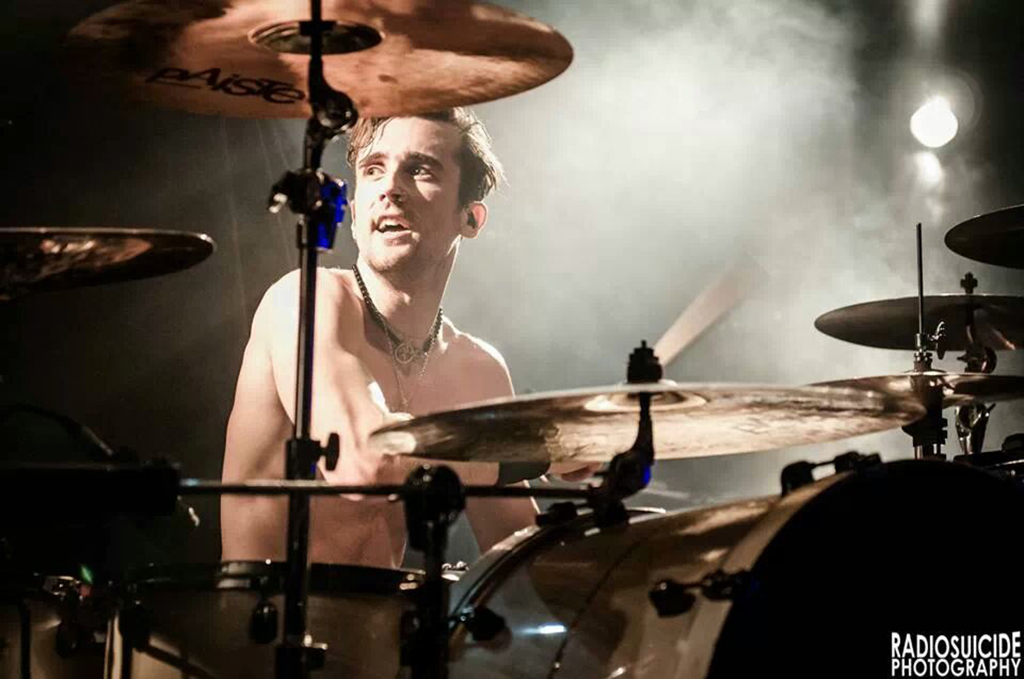
Definitely. When I was in a band we had a very carefree approach and it felt like it was us against the world. We didn’t care what people thought we just stuck to our guns, at least we tried to anyway! It’s hard to stay true to that mentality when you are in a group of people. The band was a democracy and you have conversations with the group and sometimes I’d get diverted down a path.
When you are an artist it’s just yourself and you don’t have to run your ideas through a panel of people. My attitude has definitely been influenced by my career in music – I just go for it really. I think a lot of people feel intimidated about becoming an artist. They think it’s impossible to make a living doing what you love. But it is possible – it takes hard work and commitment. I think having those traits are more important than technical ability. As an artist you are always learning how to improve your skill. There is always someone better, if you visit the National Gallery you can be quickly humbled by the amazing work but it shouldn’t deter you, moreover, it should be inspiration to crack on.
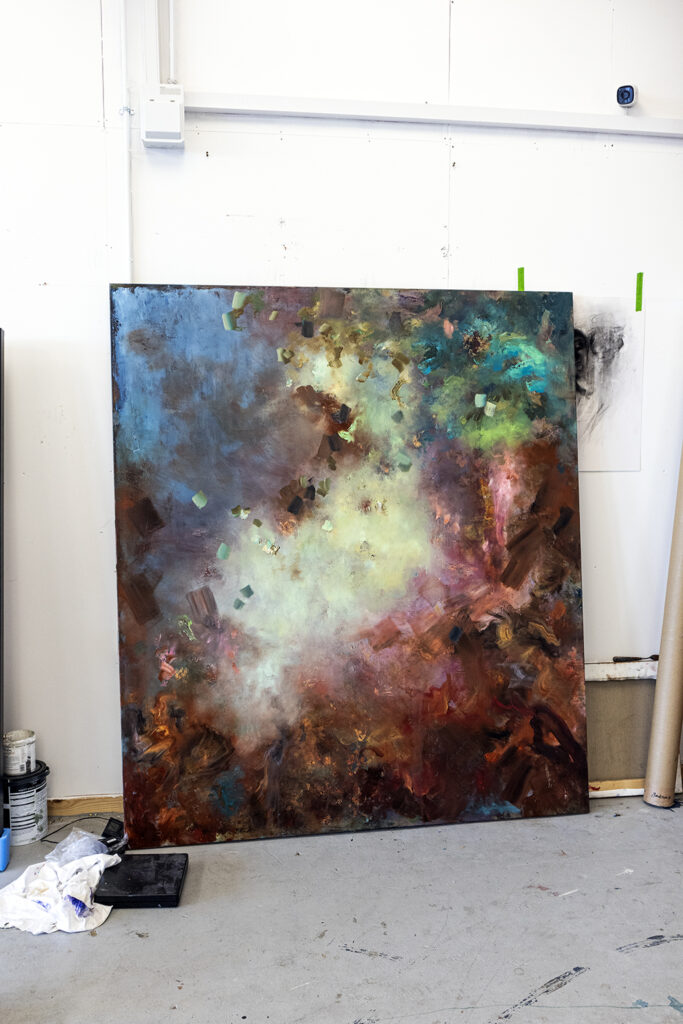
I’ve had a show booked in with a gallery. The shows are really important to me as it’s where I put my work out there to the world and it’s how I earn my living. At points during the process of painting all those months before the show I did have moments of doubt. It’s hard sometimes not having people to bounce ideas off. I can speak to the gallery and my immediate family and friends but they are always going to be a bit biased as well. So you just have to get on with it. If people like it they like it and if they don’t I move onto the next thing.
Do you get nervous before the opening of your shows?
I’m not usually nervous before a show as by that stage I am as happy as I can be with my work, although I am never totally happy. I don’t think there has ever been one painting where I have been truly happy with. You always see what you can improve on but it’s nice to have that mentality, if you were going to paint your masterpiece today where are you going to go from there? It’s also like people say you need to find your style, how do you find your style? If you find your style now you are not going to carry on and find out what else is possible from there. You need to stay open and keep on a path of just paint, paint, paint and that becomes your style.
Do you have a favourite painting?
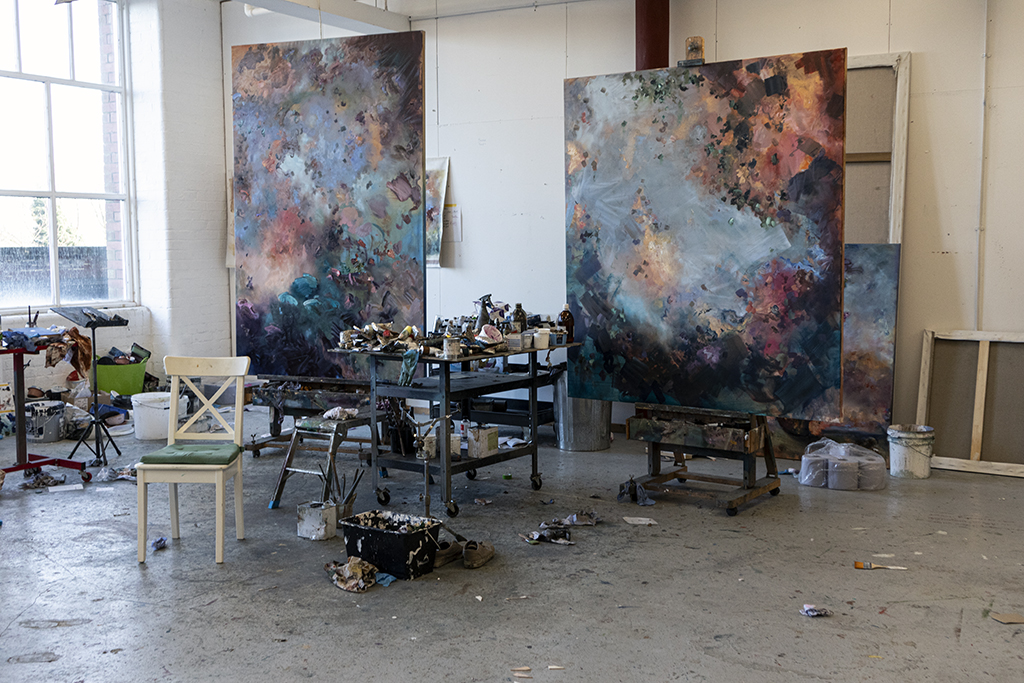
Yes I do have some paintings that I am really proud of from the last few years. They tend to be ones that have been the first ones of a series and some of my really early paintings. My early paintings are technically probably not very good paintings but they have a special place for me as part of my journey as an artist.
How do you define success as an artist?
Success as an artist for me is definitely being able to come here to my studio every day. Anything else is a bonus. If I can come in here every day and pay my bills then I’m happy. That was the same as when I was in the band, we were playing shows every night so that was a success, even though we didn’t have commercial success on a big scale, we were still doing what we wanted to do.
What do you hope people feel or think when they view your art?
It’s always nice to hear feedback from people. Everyone sees things in a different ways and makes their own interpretation, they see shapes and make up stories. I always find it really interesting at shows when people tell me what they see in a painting. It’s nice to see someone get lost in something you’ve created. If it gets to the point where it goes on someone’s wall then that’s even more special. Someone is buying a piece of your work that you’ve put your heart and soul into and giving it a permanent place in their house – it’s a wonderful feeling.
If you could leave one message for future generations through your art, what would it be?
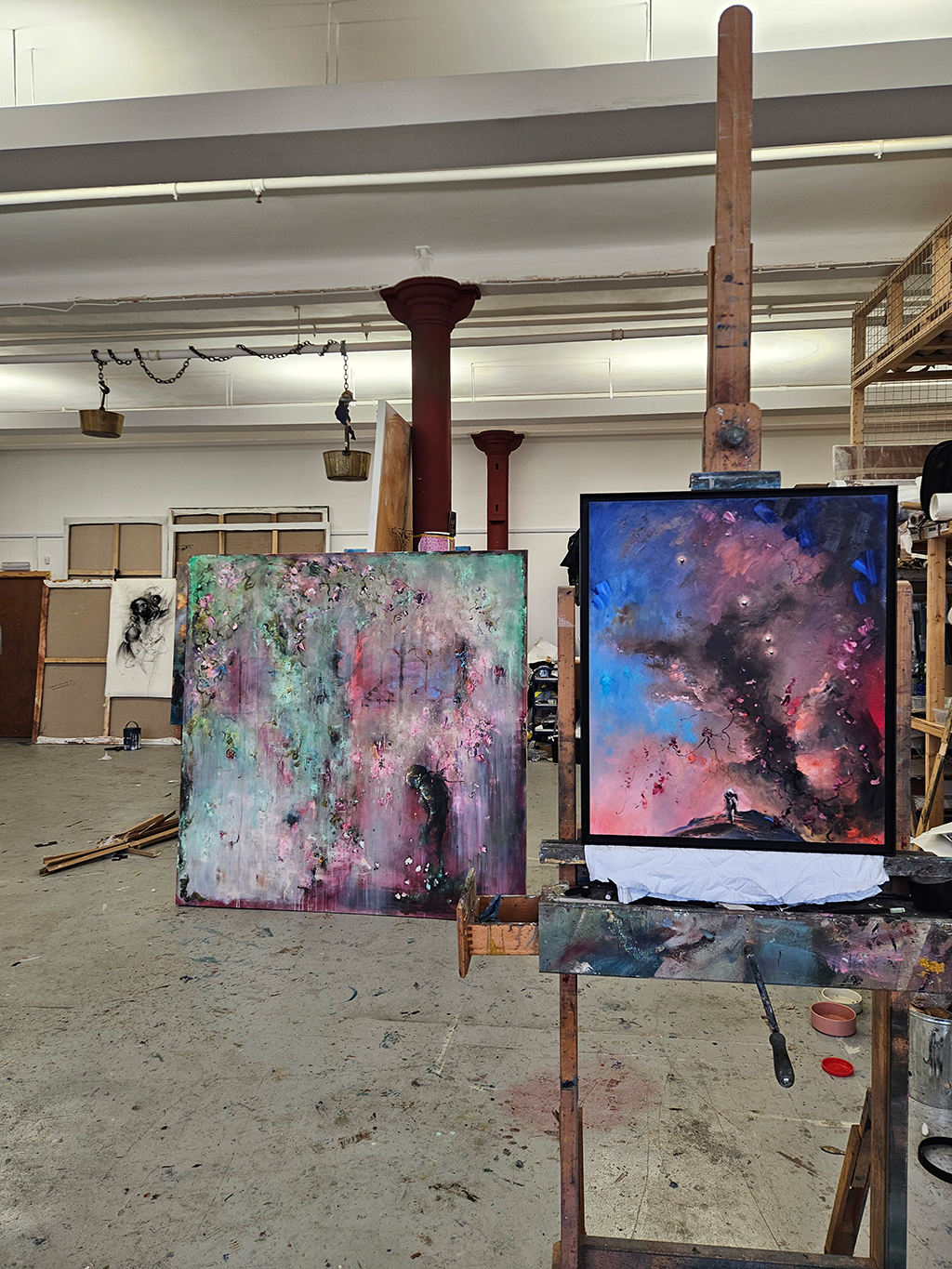
I hope that people always enjoy it. I hope that whatever I produce now stands the test of time. That’s why I think that surrealism and abstractionism is kind of timeless as it transcends current world affairs and politics. It’s the kind of stuff people can escape to. Escapism is a great thing that I like to associate with my work.
What’s on the horizon for you?
This year I’m looking at doing more stuff in the US, maybe New York and Miami in December. I will also probably do some bits in London with Pontone Gallery. I’ve no dates in the calendar right now which is nice as its giving me the time and freedom to just paint which I am really enjoying doing. I always like the start of the year as it’s a good period of time to get on top of what you’re doing for the rest of the year.
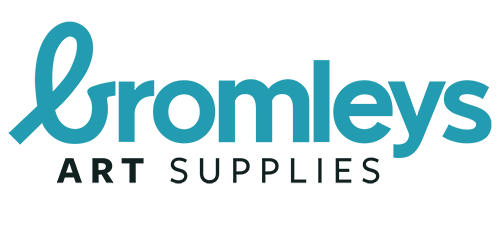
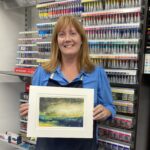
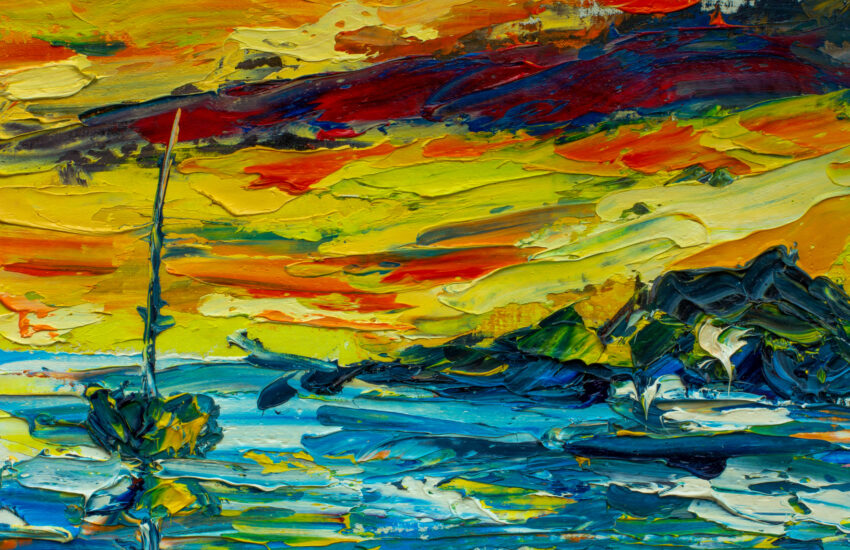
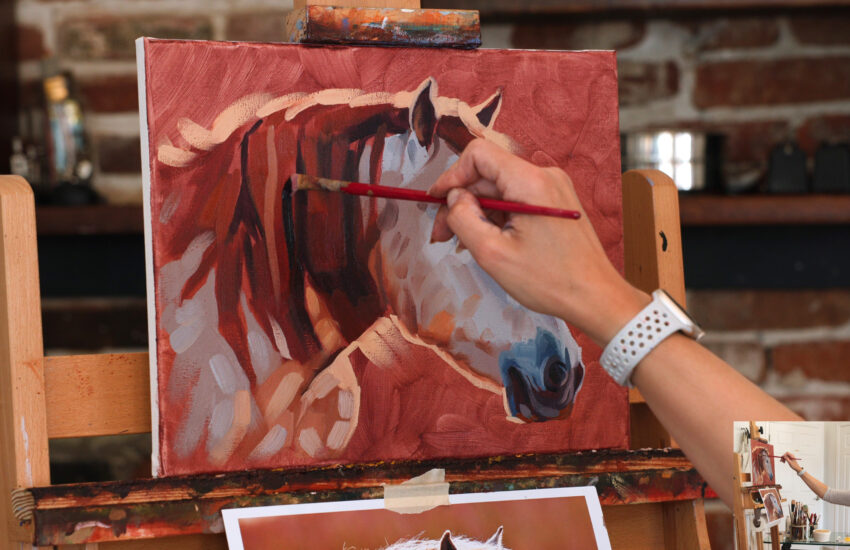
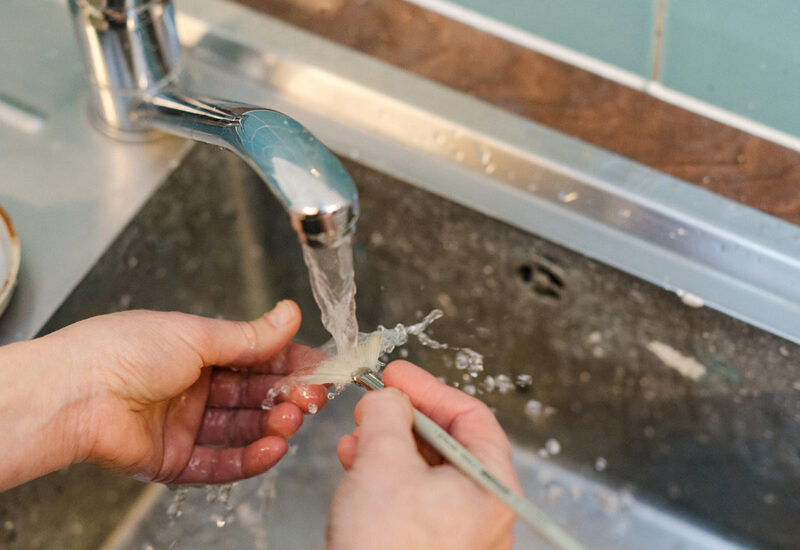
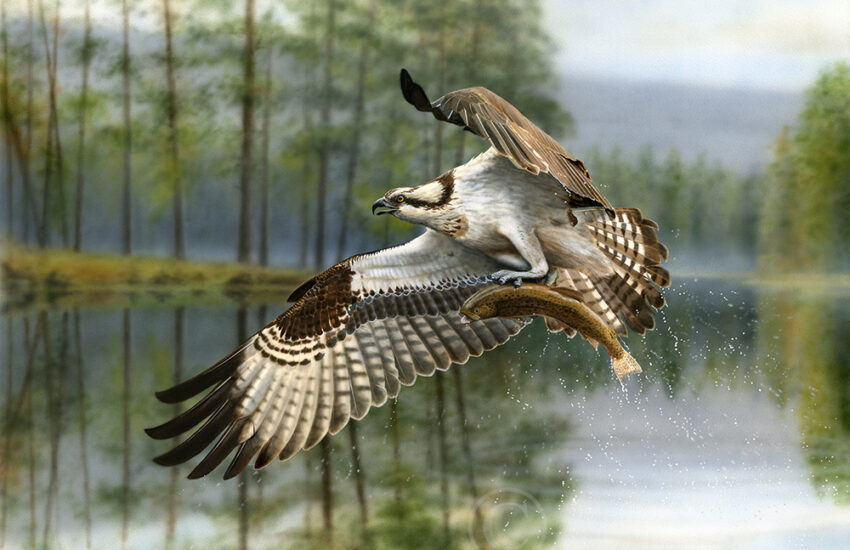
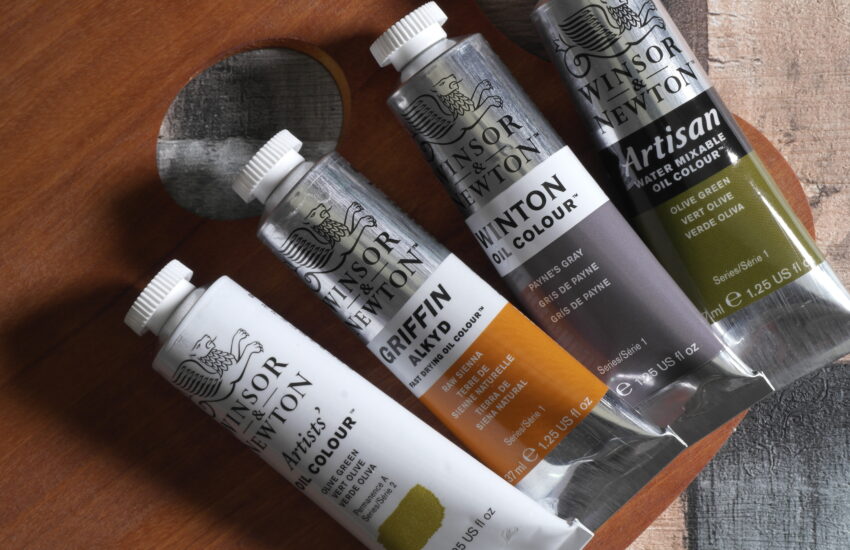
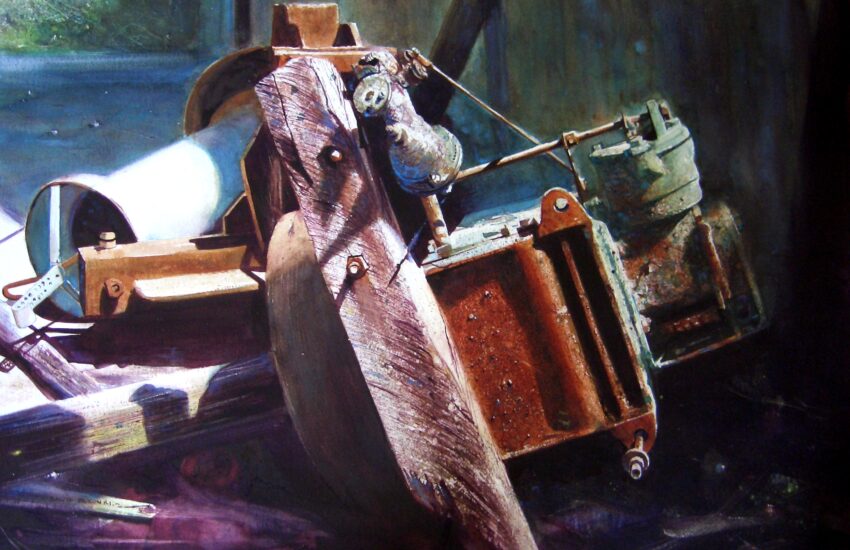


The way Chris turned his challenges in the music industry into a fresh start as an artist really resonates with me. It’s proof that setbacks can lead to something great. I’d love to hear more about his creative process now that he’s fully immersed in painting.